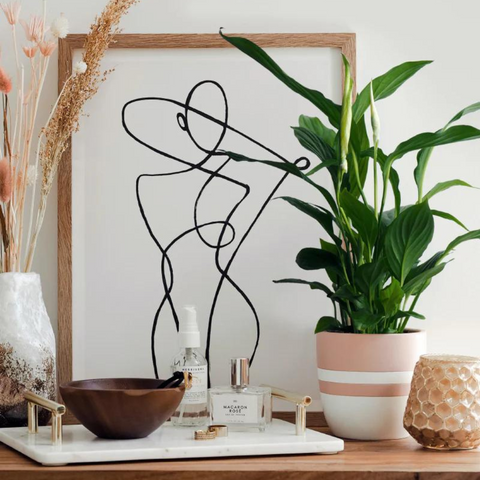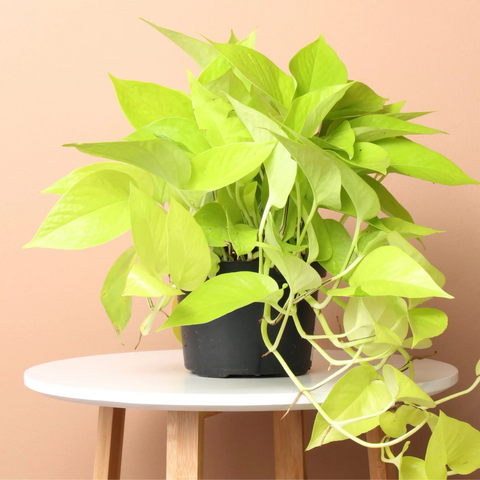If you’re hunting for a gorgeous, low-maintenance houseplant that’s practically a natural air purifier, look no further than the Peace Lily. Known for its elegant white blooms and lush green leaves, the Peace Lily (Spathiphyllum) is perfect for beginners and seasoned plant lovers alike.
In this article, discover how to care for a Peace Lily, troubleshoot common problems, and keep your plant thriving for years to come.
Why Choose a Peace Lily?
The Peace Lily is beloved because:
✅ It thrives in low-light conditions.
✅ It’s a natural air purifier (NASA-approved!).
✅ It produces beautiful white spathes that look like flowers.
✅ It signals when it’s thirsty by drooping, making it easy to read.
Whether you’re growing one at home or in the office, the Peace Lily is a gorgeous, reliable choice.
Peace Lily Plant Care
1. Light Requirements
- Prefers medium to low indirect light.
- Avoid direct sun, which can scorch leaves.
- Can survive lower light but may produce fewer blooms.
Pro tip: A few feet away from a north or east-facing window is perfect!
2. Watering Your Peace Lily
- Water when the top inch of soil feels dry.
- Peace Lilies droop dramatically when thirsty but perk back up after a drink.
- Don’t let it sit in standing water—empty saucers after watering.
Overwatering is a common mistake. It can cause root rot.
3. Humidity & Temperature
- Loves higher humidity levels (50% or above).
- Comfortable in average room temps between 65°F–80°F (18°C–27°C).
- Avoid cold drafts or sudden temperature changes.
Humidity Hack: Mist the leaves or place the pot on a pebble tray with water.
4. Soil & Repotting
- Use a well-draining, peat-based potting mix.
- Repot every 1–2 years or when roots grow out of the drainage holes.
- Choose a pot with good drainage.
5. Fertilizing
- Feed every 6–8 weeks during spring and summer.
- Use a balanced, water-soluble fertilizer at half strength.
- Don’t fertilize in winter when growth slows.
6. Peace Lily Flowers
- The white “flowers” are spathes (a modified leaf).
- Flowers last several weeks and fade to green as they age.
- Good light and consistent care encourage more blooms.
Common Peace Lily Problems & Solutions
➤ Drooping Leaves
- Usually indicates thirst.
- Water thoroughly and let excess drain.
➤ Brown Leaf Tips
- Caused by low humidity, fluoride in tap water, or overfertilizing.
- Use filtered water and increase humidity.
➤ Yellow Leaves
- Overwatering is the top cause.
- Let the soil dry slightly between waterings.
➤ No Flowers
- Not enough light.
- Move your Peace Lily to a brighter spot with indirect sunlight.
Is the Peace Lily Toxic?
Yes. Peace Lilies contain calcium oxalate crystals, which are toxic to cats, dogs, and humans if ingested. Keep them out of reach of children and pets.
Peace Lily Benefits
Aside from looking fabulous, Peace Lilies:
- Help purify indoor air
- Remove toxins like formaldehyde and benzene
- Improve humidity levels indoors





Comments (0)
There are no comments for this article. Be the first one to leave a message!